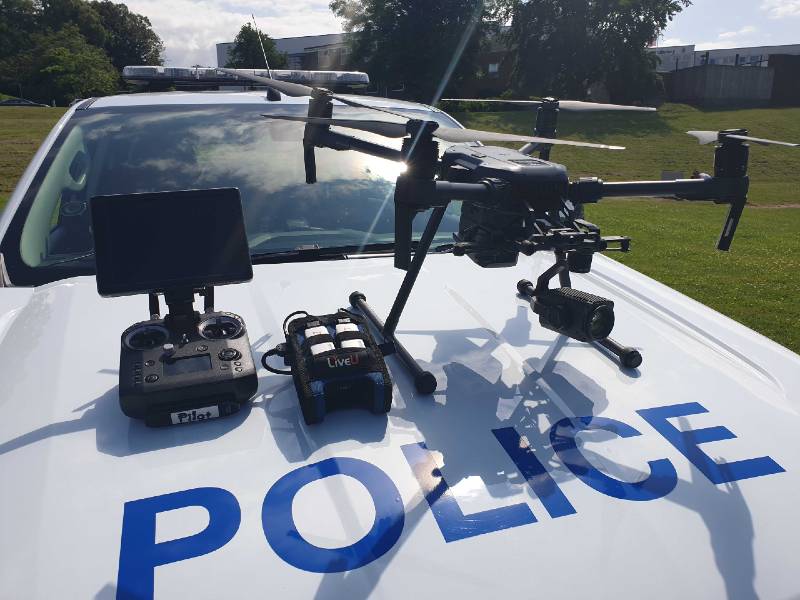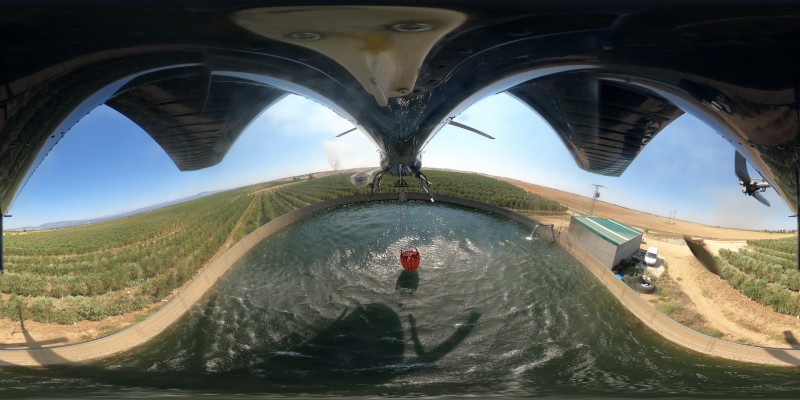Perspective
How live video is delivering for the public sector

The challenges facing public sector entities in maintaining public safety, managing emergencies, and meeting stakeholder expectations for transparent and effective communication are both broad and constantly evolving.
Public broadcast and public affairs entities, such as the government ministries or cities have very different needs compared to first responders, such as the police or fire department, or the military. As varied as their roles and challenges may be, all can leverage live video technology to enhance their capabilities and fulfill their missions.
Public broadcast and public affairs entities often have a need for live video to enable them to be connected to the public and disseminate information, whereas the need of the first responders and military defense entities is commonly to scale up situational awareness by adding high-resolution live video to human and AI-based operations.
In this article, I elaborate on some of the public sector use cases that we at LiveU are seeing and deploying in India and abroad.
Live video’s versatility
Live video enables effective mass communication and improved information sharing, which can reduce public confusion and frustration and is indispensable for public, education, and government television (PEG TV) broadcasting. Beyond this, it has a broad array of public broadcast and public affairs use cases, including town hall meetings, training sessions, special events, and memorial, sports, education, arts, and musical events.
In India, key political parties use LiveU solutions for public relations and communication purposes. The Chief Minister offices (CMOs) and the Department of information and Public Relations (DIPR) in some states are also utilizing LiveU technologies to stream live events.

Maintaining public safety
The use of live video technology is vital in modern public safety operations, helping to safeguard communities and protect individuals during emergencies and critical situations. We are seeing an increasing demand for broadcast-quality video for these use cases.
Using live video to improve situational awareness
Unmanned aerial systems (UAS) and helicopters are commonly used for SWAT, firefighting, and search and rescue operations, providing real-time video feeds to command center and ground personnel.
In SWAT situations, video reliability and low latency are essential for operational awareness. Video feeds from the sky play a crucial role, with the growing use of more cost-effective and tactical UAS, often better suited to the task than a helicopter. Tactical UAS technology offers 360-degree awareness, transmitting real-time video to personnel on the ground.
Live video capture is also used by police departments and forces in India and worldwide for evidence gathering and remote surveillance and LiveU technology helps many of these entities to reliably transport live video back to a command center and to people on the ground.
Live video for crowd management
Custom trailers, fitted with advanced video technology, are increasingly being used to monitor large events and for crowd management purposes during demonstrations and marches. The ease of use and quick deployment of LiveU’s LU800, which can transmit up to four video feeds simultaneously, makes it invaluable in dynamic situations, such as civil unrest. In such cases, traditional live video transmission solutions, incorporating radio and microwave antennas, simply do not have the required agility, taking a few days to set up.
Interoperability with video management systems (VMS)
High-definition (HD) video is important for content analysis, facial recognition, and artificial intelligence-based tools to work effectively and LiveU’s Reliable Transport (LRT™) protocol ensures reliable and resilient transportation of HD video. Police departments and other public authorities usually have VMS technology already installed, so interoperability with these systems is essential. Since our main focus at LiveU is to provide reliable video transport, we find that interoperability of LiveU technology with major VMS platforms is a huge benefit to our public sector customers.

Disaster management and recovery
Drone cameras often provide remote access to disaster scenes to facilitate a measured and timely response, and LiveU equipment provides live video transmission in remote areas where infrastructure may have been compromised (due to wildfires, for example).
In an emergency, public sector agencies work together to save lives and need the ability to share reliable live video feeds. Interoperability is critical in these situations as they may be using disparate systems, and LiveU’s technology has the ability to integrate with other devices, enabling a collaborative and efficient response in challenging scenarios.
The critical role of live video in supporting the public sector
As I have outlined in this article, the benefits of live video for the public sector are wide-ranging, and span use cases as diverse as public safety and mass communication. However, the needs of the public sector are continually evolving, and one such area that live video is set to play an increasingly critical role in is the monitoring and management of climate change. No matter how fast the challenges of the public sector evolve, live video and LiveU’s broadcast-grade live video transmission technology will be there to support.





